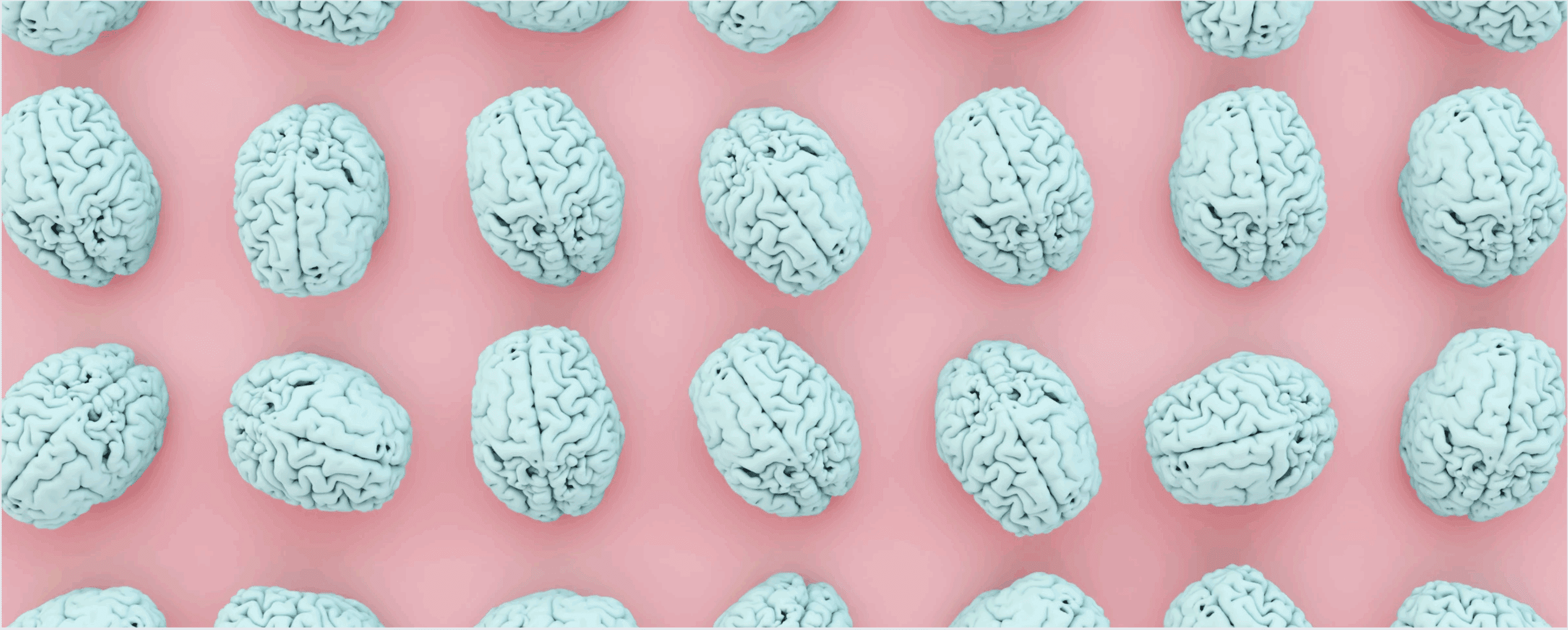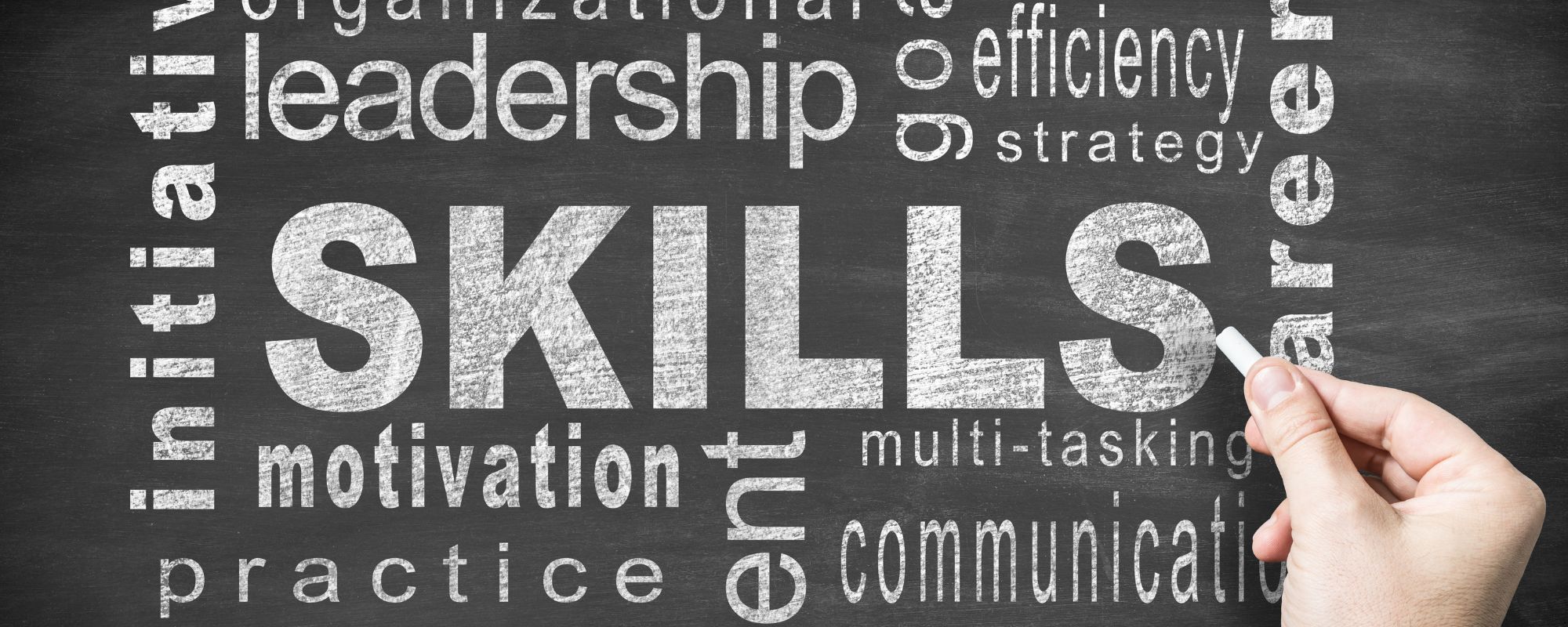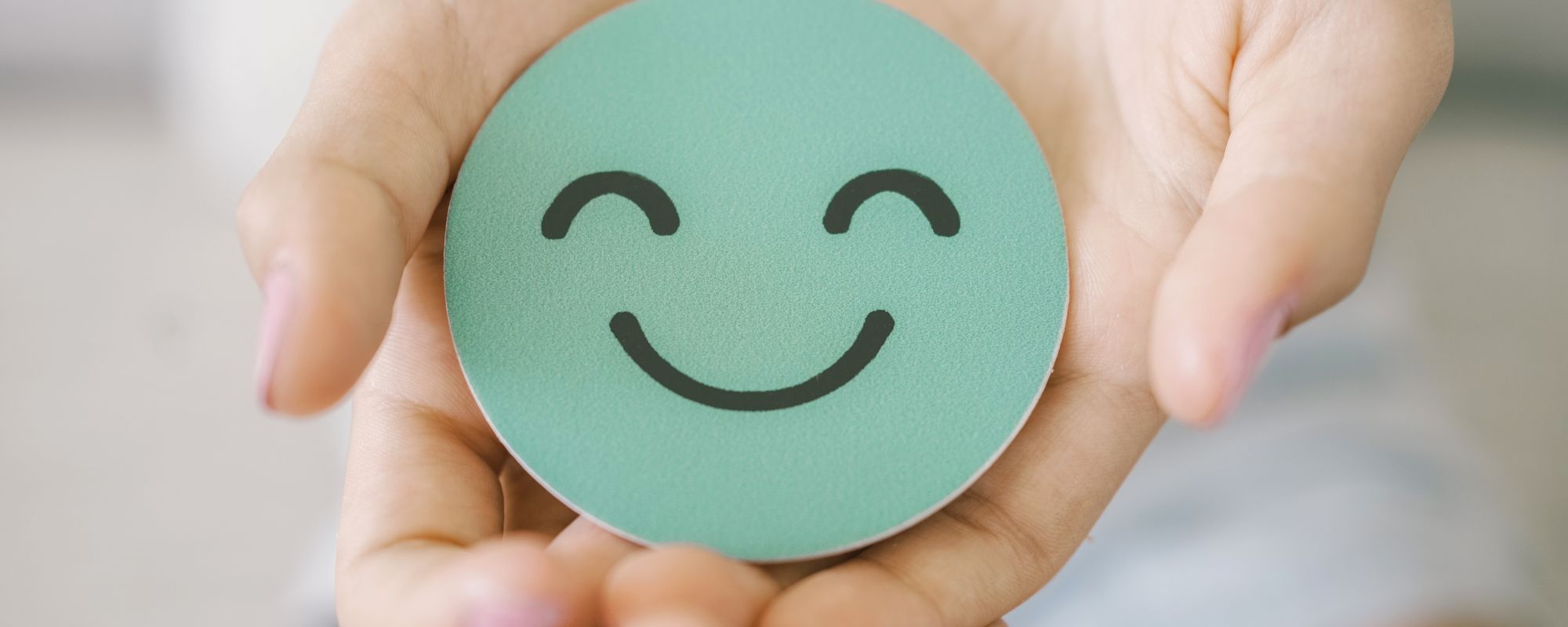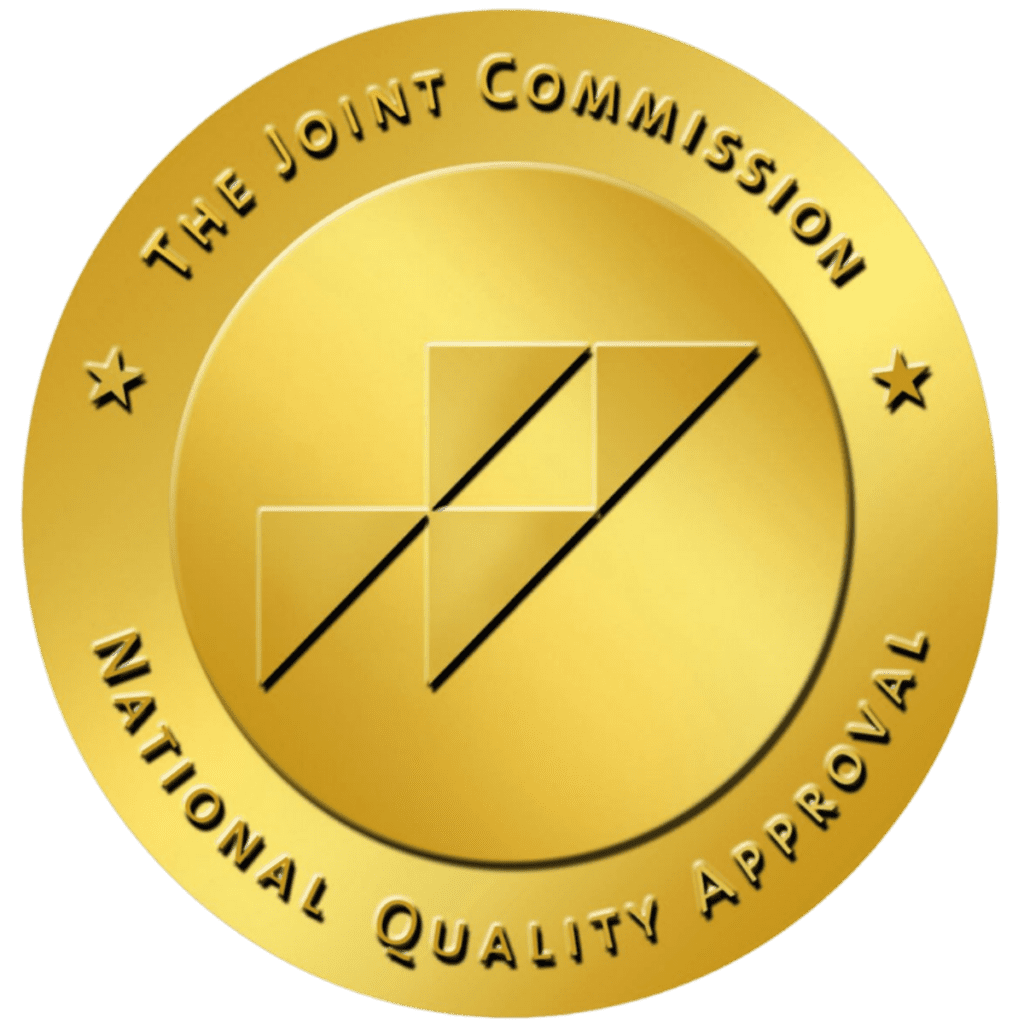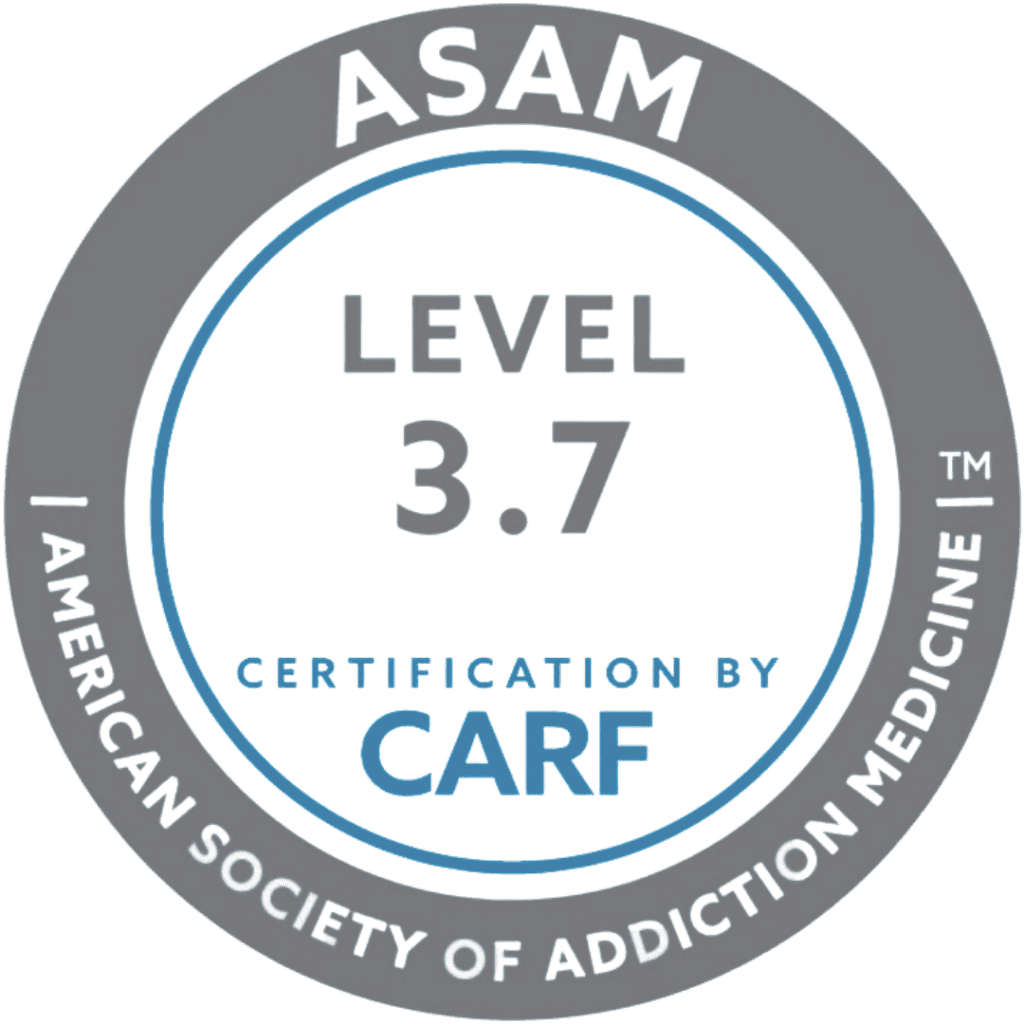If you’ve ever wondered about the differences between amphetamine vs methamphetamine, you’re not alone. These two substances are often the subject of confusion and misconception. Whether you’re a curious individual or someone seeking to understand these drugs better for personal or professional reasons, we’ve got you covered.
What Are Stimulants?
Stimulants are a class of drugs that affect the central nervous system, leading to increased alertness, attention, and energy. They’re known to boost mood, elevate alertness, and even enhance cognitive performance. Stimulants can come in various forms, from prescription medications to illicit substances.
As the name implies, stimulants “stimulate” the release of certain neurotransmitters, such as dopamine and norepinephrine, in the brain. These neurotransmitters are responsible for controlling mood, attention, and energy levels. When stimulants are ingested, they increase the levels of these neurotransmitters, resulting in heightened alertness, improved focus, and a sense of increased energy.
Common stimulants include:
- Caffeine
- Nicotine
- Cocaine
- Amphetamines
- Methamphetamines
Research shows that stimulant drugs are widely used, both legally and illegally. For instance:
- In a 2018 study published in the American Journal of Psychiatry, 6.6% (annual average) of U.S. adults used prescription stimulants overall, with 4.5% using them without misuse
- According to the Substance Abuse and Mental Health Services Administration (SAMHSA), around 16.9 million Americans aged 12 or older reported using prescription stimulants non-medically in 2019.
Get confidential help from our addiction and mental health treatment facilities located across the United States. Call to join one of our quality programs today!
Speak With Our Admissions TeamWhat Are Amphetamines?
Amphetamines are a group of synthetic compounds that speed up the body’s central nervous system. They have a long history, dating back to the early 20th century when they were first created. They gained popularity in the 1930s for their effects, including increased alertness and energy. During World War II, amphetamines were used by soldiers to combat fatigue and boost their performance, further popularizing the drugs.
Amphetamines are used for a variety of medical purposes, including the treatment of attention deficit hyperactivity disorder (ADHD) and narcolepsy. For this reason, people who suffer from the inability to concentrate, stay focused, pay attention, or have trouble staying awake, are most likely familiar with amphetamine salts. While amphetamines can provide relief for certain physical and mental health conditions, these drugs also have a significant potential for abuse and can be found in illicit forms.
List of Amphetamines
There are many different types of amphetamines, and they all have different effects. Here’s a list of amphetamines that highlights the most common types:
- Dextroamphetamine
- Levoamphetamine
- Methamphetamine
- Lisdexamfetamine
Common prescription amphetamines and their brand names include:
- Amphetamine and dextroamphetamine (Adderall®)
- Dextroamphetamine (Dexedrine®)
- Lisdexamfetamine dimesylate (Vyvanse®)
- Methamphetamine (Desoxyn®)
Prescription amphetamines can be extremely helpful for those with ADHD, but all amphetamines have a potential for misuse and abuse. This is because amphetamines work by altering the brain’s chemistry to increase dopamine levels, which can create a sense of euphoria. As a result, people may begin to rely on the drug to feel good, cope with negative emotions, or enhance their performance at work or school. This dependence can quickly turn into drug addiction, where individuals struggle to function without the drug and experience intense cravings and withdrawal.
What Is Methamphetamine?
Methamphetamine, often simply referred to as meth, is a powerful and highly addictive central nervous system stimulant. Methamphetamine was developed early in the 20th century from its parent drug, amphetamine, and was used originally in nasal decongestants and bronchial inhalers.
When considering amphetamine vs methamphetamine, the main difference between the two drugs is the strength and potential for abuse. Meth is chemically similar to amphetamine but has stronger effects and a higher potential for abuse.
In medical settings, methamphetamine is available under the brand name Desoxyn® to treat attention deficit hyperactivity disorder (ADHD) and obesity. This prescription medication comes in the form of pills or tablets that are taken orally.
However, methamphetamine is also commonly abused as a recreational drug. When abused, meth can be smoked, snorted, injected, or taken in pill form. As a street drug, meth commonly comes in the form of a white, odorless, bitter-tasting crystalline powder that easily dissolves in water or alcohol.
Effects of Methamphetamine Abuse
Both the prescription and illicit form of meth produces feelings of euphoria and increased energy. However, the street version of meth results in an intense, short-lived high that is often followed by a crash that can leave users feeling depressed and fatigued.
To escape the negative effects of a meth crash, people often take the drug in large amounts over short periods of time. As a result, methamphetamine abuse often leads to a quick downward spiral that ends in severe physical and mental health consequences.
Short-term side effects of methamphetamine abuse include:
- Euphoria
- Increased energy
- Reduced appetite
- Difficulty sleeping
- Anxiety
- Cognitive impairment
- Rapid heart rate and breathing
- Increased blood pressure
- High body temperature
Long-term side effects of methamphetamine abuse include:
- Severe dental problems (known as “meth mouth”)
- Skin sores from picking at the skin
- Rapid weight loss
- Insomnia
- Mood disorders
- Agitation
- Paranoia
- Hallucinations
- Brain damage
- Seizures
- Heart failure
- Stroke
Methamphetamine side effects are incredibly dangerous when the drug is abused. Sadly, methamphetamine addiction is difficult to overcome and relapse rates are high.
Amphetamine vs Methamphetamine
When it comes to amphetamine vs methamphetamine, it’s all about chemistry, legal status, and usage statistics. Both drugs have a high potential for addiction, but methamphetamine is generally considered more addictive due to its stronger effects and rapid onset. Prolonged and heavy use of amphetamines and methamphetamine can lead to tolerance, dependence, and withdrawal symptoms when not using them.
Chemical Makeup of Amphetamine vs Methamphetamine
Amphetamine and methamphetamine share a common core structure but differ in their chemical compositions. Both substances stimulate the central nervous system, but methamphetamine is more potent due to an extra methyl group attached to its structure. This small structural difference results in significantly different effects on the body and mind.
Legal Status of Amphetamine vs Methamphetamine
The legal status of amphetamines and methamphetamines varies depending on their intended use.
- Amphetamines: Some amphetamines, like Adderall and Vyvanse, are legally available by prescription for the treatment of ADHD and narcolepsy. However, their recreational use is illegal, and they are classified as controlled substances. Like most medical prescriptions, heavy use of amphetamines can have negative effects on the body.
- Methamphetamine: Methamphetamine is legally available by prescription under the brand name Desoxyn® to treat obesity and ADHD. Like other prescription amphetamines, Desoxyn® is a Schedule II controlled substance, which means it has a potential for abuse and dependence. Recreational use of meth is illegal in most countries, including the United States. Production, possession, and distribution of methamphetamine outside of medical use are illegal and subject to severe penalties.
Amphetamine vs Methamphetamine Usage
While amphetamines and methamphetamines are both widely used, their patterns of use differ. Amphetamines are commonly prescribed for medical use, primarily to manage ADHD and narcolepsy. However, illicit use is not uncommon, and prescription amphetamines have a significant potential for misuse. Among people aged 12 or older in 2021, an estimated 0.5% (or about 1.5 million people) had a prescription amphetamine use disorder in the past 12 months.
Methamphetamines are also prescribed for ADHD, but are primarily encountered as an illicit drug, with a high potential for abuse. It is often produced in illegal laboratories and sold on the black market. In 2020, approximately 1.7 million Americans aged 12 or older reported using methamphetamine in the past year. Methamphetamine use is a global issue, with an estimated 27 million users worldwide.
Looking for quality treatment for substance abuse and mental health that’s also affordable? Aliya Health Group's treatment facilities accept most major insurance providers. Get a free insurance benefits check now!
Check Your CoverageWhat Are the Signs of Stimulant Addiction?
Identifying the signs of stimulant addiction is crucial for early intervention and support. While the specific signs can vary from person to person, here are some common indicators:
- Increased Tolerance: The need for higher doses to achieve the same effects.
- Withdrawal Symptoms: Experiencing physical and psychological symptoms when not using the substance.
- Neglecting Responsibilities: Prioritizing drug use over work, school, or other important obligations.
- Neglecting Personal Hygiene: Decline in personal grooming and cleanliness.
- Changes in Social Circles: Spending time with new, drug-involved friends and distancing from non-using friends and family.
- Lack of Control: Repeatedly attempting to cut down or quit but being unsuccessful.
- Engaging in Risky Behaviors: Taking risks under the influence, such as driving while high or engaging in unprotected sex.
- Legal Issues: Getting into trouble with the law due to drug-related activities.
- Physical and Mental Health Decline: Exhibiting physical symptoms like weight loss, dental issues, and skin problems, as well as mental health issues like anxiety and paranoia.
What To Expect In Stimulant Addiction Treatment
If you or a loved one is struggling with stimulant addiction, it’s essential to seek professional help. Aliya Health Group offers a range of treatment options to support individuals in their journey toward recovery. Our commitment to providing quality care extends from detoxification to aftercare.
We offer the following levels of care for stimulant addiction:
- Detox program
- Residential treatment program
- Partial hospitalization program
- Intensive outpatient program
- Outpatient program
All of our stimulant addiction treatment programs are tailored to meet the specific needs of each individual. Our team of experienced professionals will work with you or your loved one to create a personalized treatment plan that addresses any physical, emotional, and mental health issues associated with stimulant addiction.
Detox
When starting treatment for stimulant addiction, most people join a detox program. This program focuses on safely and comfortably removing the substance from your body. Detox usually lasts for a few days to a week, depending on the severity of addiction.
During detox, you may experience stimulant withdrawal symptoms such as fatigue, depression, and irritability. Our medical professionals will closely monitor you and provide medication if necessary to help ease these symptoms.
Residential Treatment
After completing detox, many individuals continue their stimulant addiction treatment in a residential program. This level of care provides 24/7 support in a structured environment. You will participate in individual therapy, group therapy, and other evidence-based treatments that cater to your specific needs.
Partial Hospitalization Program (PHP)
For those who do not require 24/7 supervision but still need intensive treatment, a partial hospitalization program (PHP) can be a suitable option. This program typically involves daily treatment, but you have the ability to return home or to a supportive living environment in the evenings. PHP provides a supportive environment where you can continue to work on your recovery while also having the flexibility to maintain some aspects of your daily life.
Intensive Outpatient Program (IOP)
An intensive outpatient program (IOP) is another level of care that offers structured treatment for those who do not need full-time residential or partial hospitalization services. This program is designed to provide support and resources for individuals transitioning from more intensive levels of care, as well as those who require ongoing support in maintaining their sobriety. IOP typically offers group therapy sessions several times a week, allowing individuals to receive necessary treatment while still managing other responsibilities such as work or school.
Outpatient Program (OP)
A traditional outpatient program (OP) provides the lowest level of care for those in recovery from stimulant addiction. For this reason, outpatient treatment options are ideal for those further along in their recovery journey. OPs typically involve individual and group therapy sessions, as well as educational classes on addiction and relapse prevention strategies. These sessions can be scheduled at various times throughout the week to accommodate different schedules. As a result, these programs offer flexibility and support while individuals continue to reintegrate into their daily lives.
Getting Help For Stimulant Addiction
Recognizing the signs of stimulant addiction and seeking appropriate treatment is essential for those who find themselves trapped in the cycle of stimulant dependence and addiction. Aliya Health Group is here to provide the care and support needed to regain control and build a brighter future free from stimulant addiction.
- Drug Fact Sheet: Amphetamines – DEA.gov
- Methamphetamine – DEA.gov
- Drug Fact Sheet: Stimulants – DEA.gov
- ADHD and Substance Abuse – Child Mind Institute
- Prevalence and Correlates of Prescription Stimulant Use, Misuse, Use Disorders, and Motivations for Misuse Among Adults in the United States | American Journal of Psychiatry
- 2019 National Survey on Drug Use and Health (NSDUH) Releases
- 2021 NSDUH Annual National Report | CBHSQ Data
- 2020 National Survey on Drug Use and Health (NSDUH) Releases
- Medical science and the military: the Allies’ use of amphetamine during World War II – PubMed
- Methamphetamine – United Nations Office on Drugs and Crime
We are open 24 hours per day, 7 days per week, 365 days per year.





